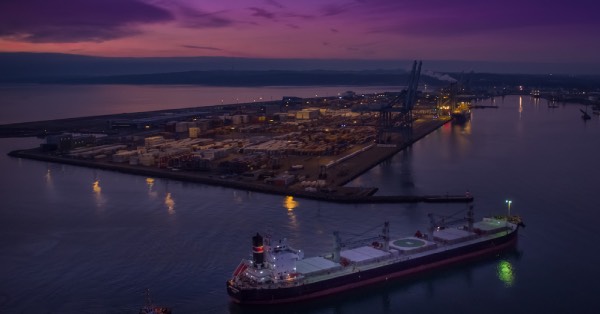The European Parliament’s Environment Committee has voted in favour of amendments to the EU Emissions Trading Scheme . As is often the case with compromises, there is room for improvement before the legislation is completely in place.
A step towards a renewal of the EU Emissions Trading Scheme, ETS, was taken yesterday when the Environment Committee of the European Parliament agreed among the 1,711 amendments tabled. The Environment Committee is historically the greenest political forum in the EU and usually always raises the bar when it comes to environmental and climate roofs.
“Yesterday’s vote is an expression of an ambitious green agenda, but there is room for improvement and the need for adjustments so that the ETS system can truly drive the transition to green fuels,” says Maria Skipper Schwenn, Director of Climate, Environment and Safety at Danish Shipping.
“It is important for Danish shipping companies that all greenhouse gases – not just CO2 – must be included in the emissions trading scheme. It is positive that the Environment Committee has chosen to include greenhouse gases in a broad sense, which is a prerequisite for the industry’s move away from fossil fuel. Conversely, it is a pity that there has been no understanding of a favourable system when ships recycle carbon in new and significantly more expensive alternative fuels such as Power-to-X, which converts green power into fuels. An ambitious green legislation should ensure the incentive for first movers to invest in new fuels and zero-emission technologies,” emphasizes Maria Skipper Schwenn.
Danish Shipping has also had as a priority that the industry itself must clarify how the payment of the allowances is to take place when contracts are made between the ship owner and the charterer.
“We believe that the industry must maintain the contractual freedom between the parties, who themselves draw up clauses that ensure that the rules are complied with. If you reduce the ETS to simply being a paid cost, then you overlook the central purpose of ETS, namely, to drive reductions. It is important that everyone pulls in the same direction – both owners and charterers of the ships. Unfortunately, the Environment Committee has not agreed with this, but we do not give up. There is still some way to go before the final ETS is adopted,” says Maria Skipper Schwenn.
The next step on the road to a revised ETS, which includes shipping, is a vote in the European Parliament on 6-9 June followed by negotiations with the EU Member States. The revised ETS is expected to enter into force at the turn of the year.









































